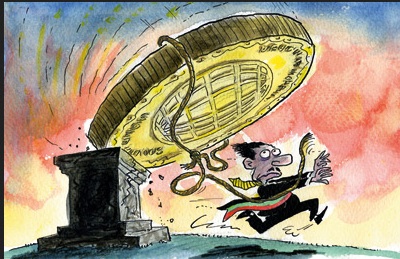The Doha Round is at a standstill, the World Trade Organization is increasingly looking weaker, and new initiatives such as the Trans-Atlantic Trade and Investment Partnership (TTIP) and Trans-Pacific Partnership (TPP) appear to be changing the roadmap of global trade negotiations. The two major trading blocks in Latin America—the Pacific Alliance (Chile, Colombia, Mexico and Peru) and Mercosur (Brazil, Argentina, Venezuela, Paraguay and Uruguay)—appear to have different underlying orientations and philosophies towards trade, markets and investment. As a consequence, they are pursuing increasingly separate courses and different strategies towards global trade. What are the implications of this perceived gap as Latin America seeks to position itself in the new dynamics of global trade negotiations?
On March 25, the Latin America Initiative at Foreign Policy (LAI) and the Brookings Global-CERES Economic and Social Policy in Latin America Initiative (ESPLA) hosted a discussion on Latin America’s evolving role in the global trade environment. Panelists included Antoni Estevadeordal, manager of Integration and Trade at the Inter-American Development Bank; Joshua Meltzer, fellow in Global Economy and Development at Brookings; and Jeff Schott, senior fellow at the Peterson Institute for International Economics. Brookings Senior Fellow and ESPLA Director Ernesto Talvi provided introductory remarks and Brookings Senior Fellow and LAI Director Harold Trinkunas moderated the discussion. Global Trade; How Does Latin American Fit In?

